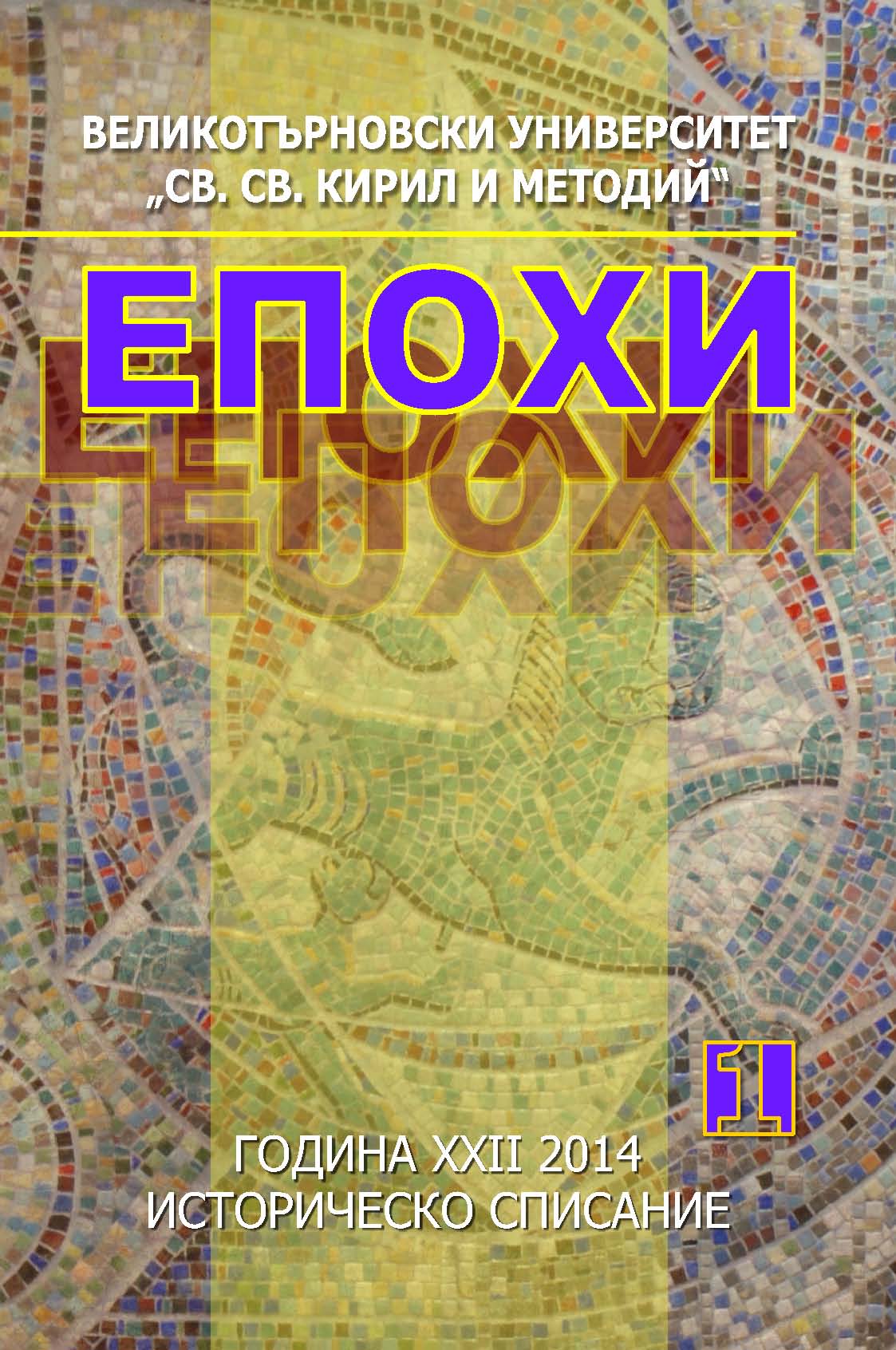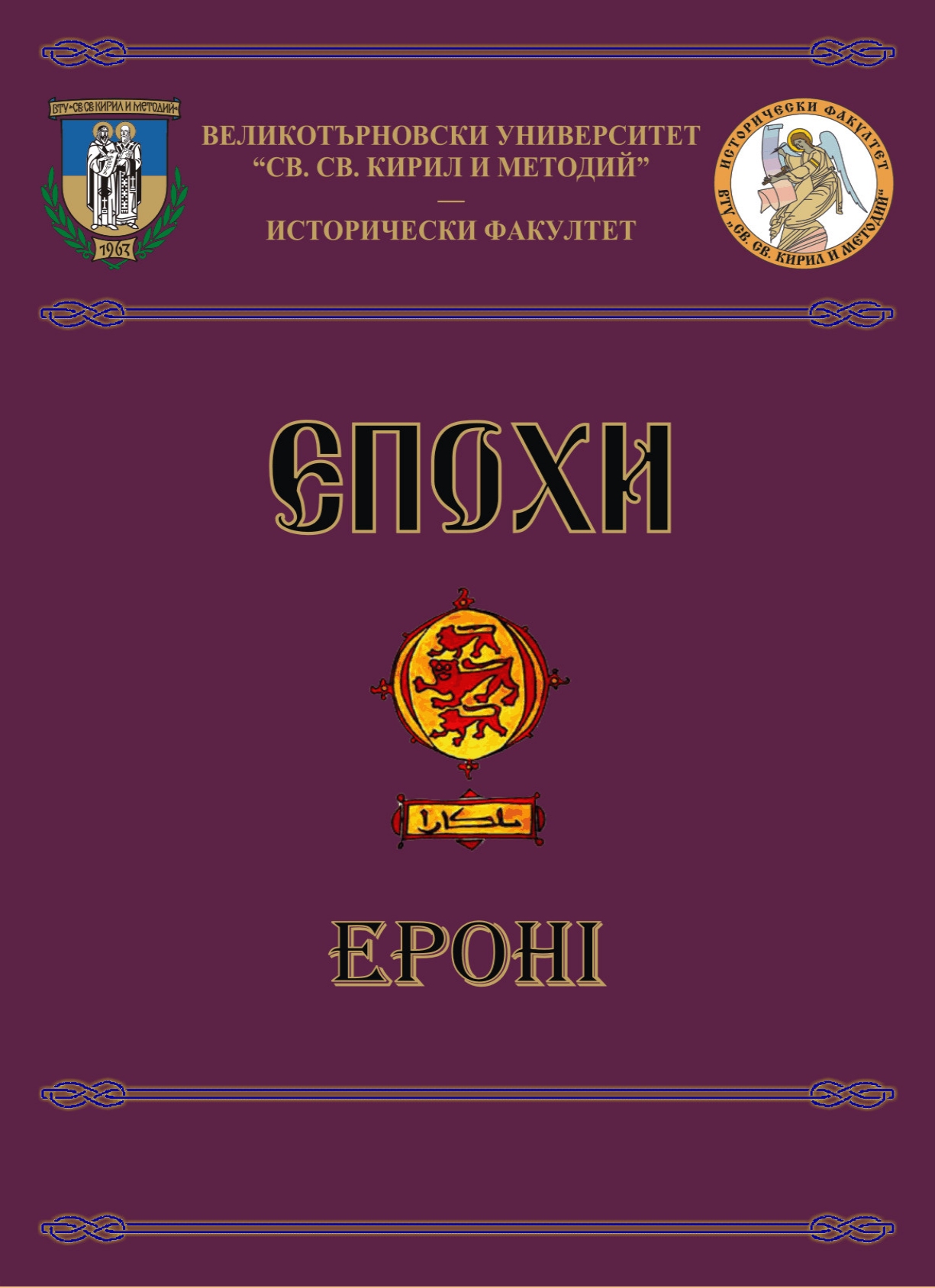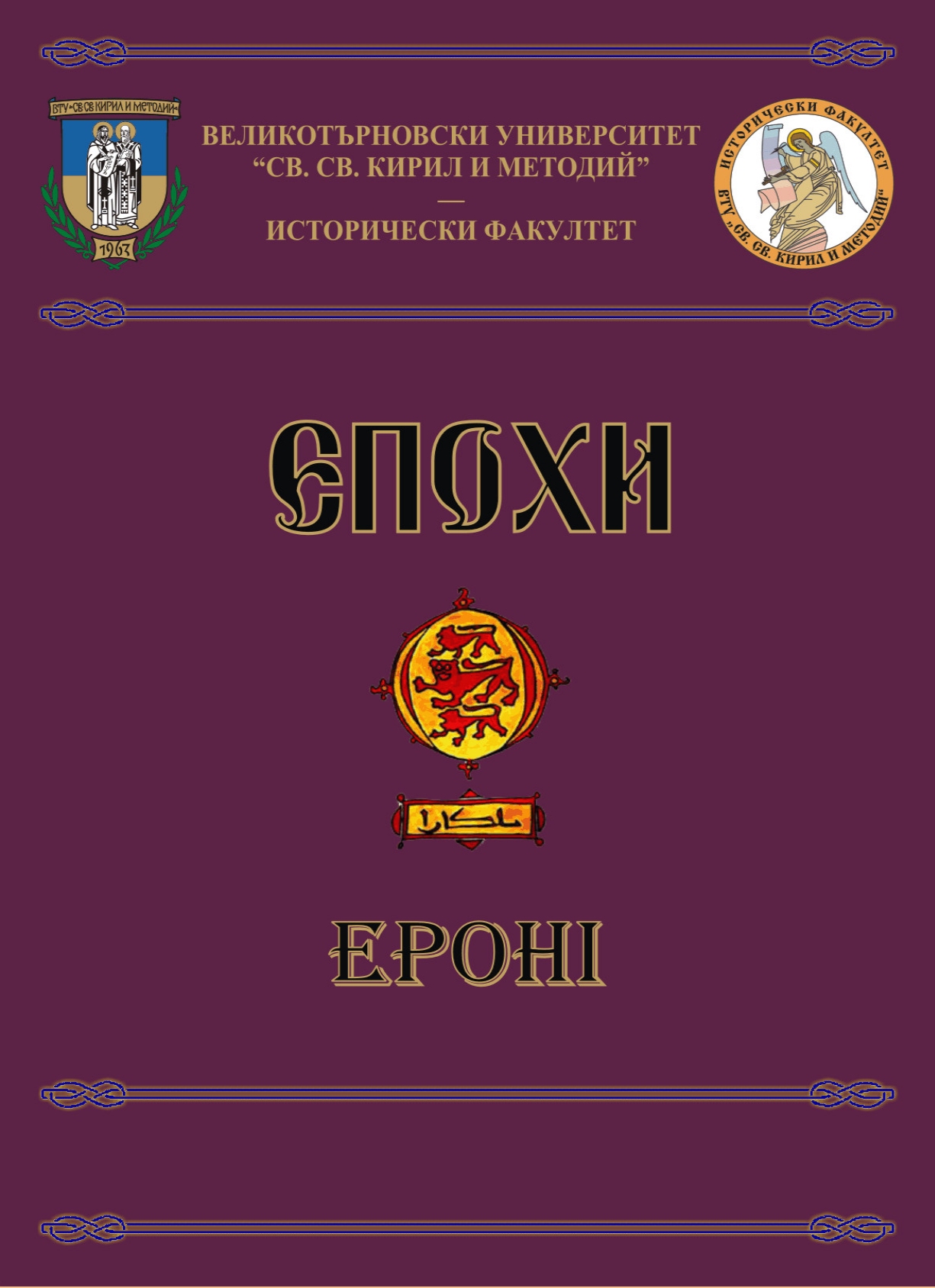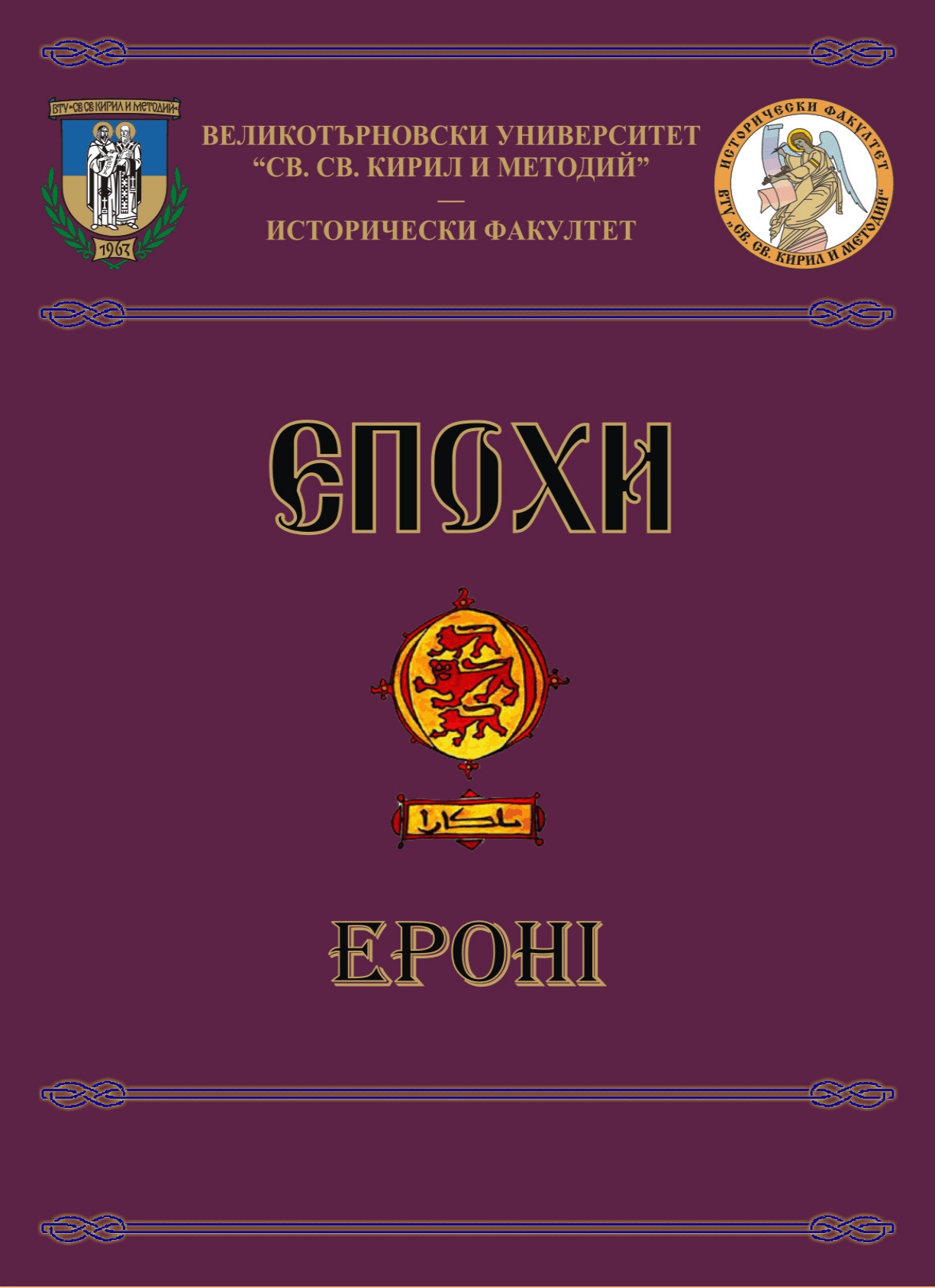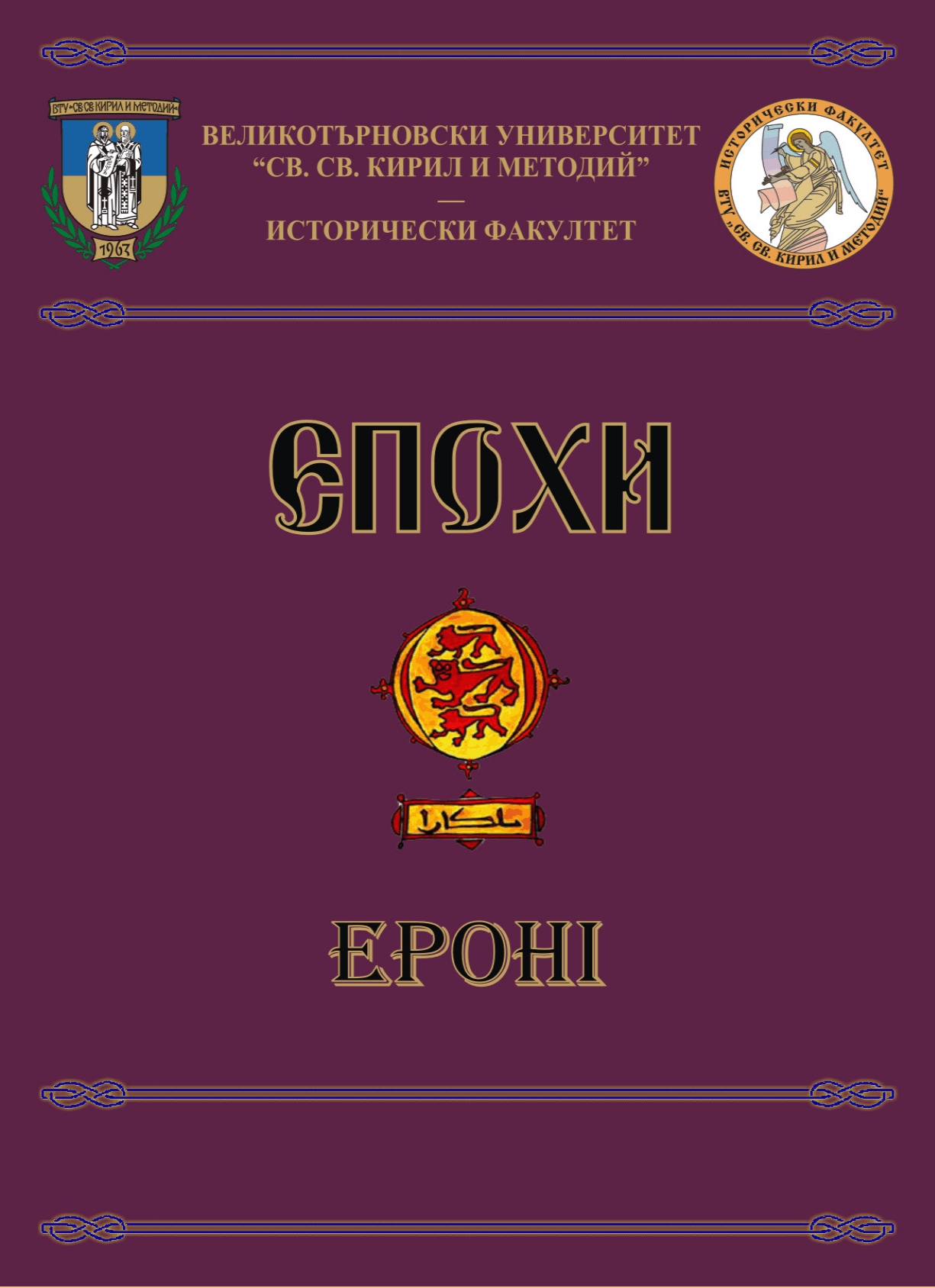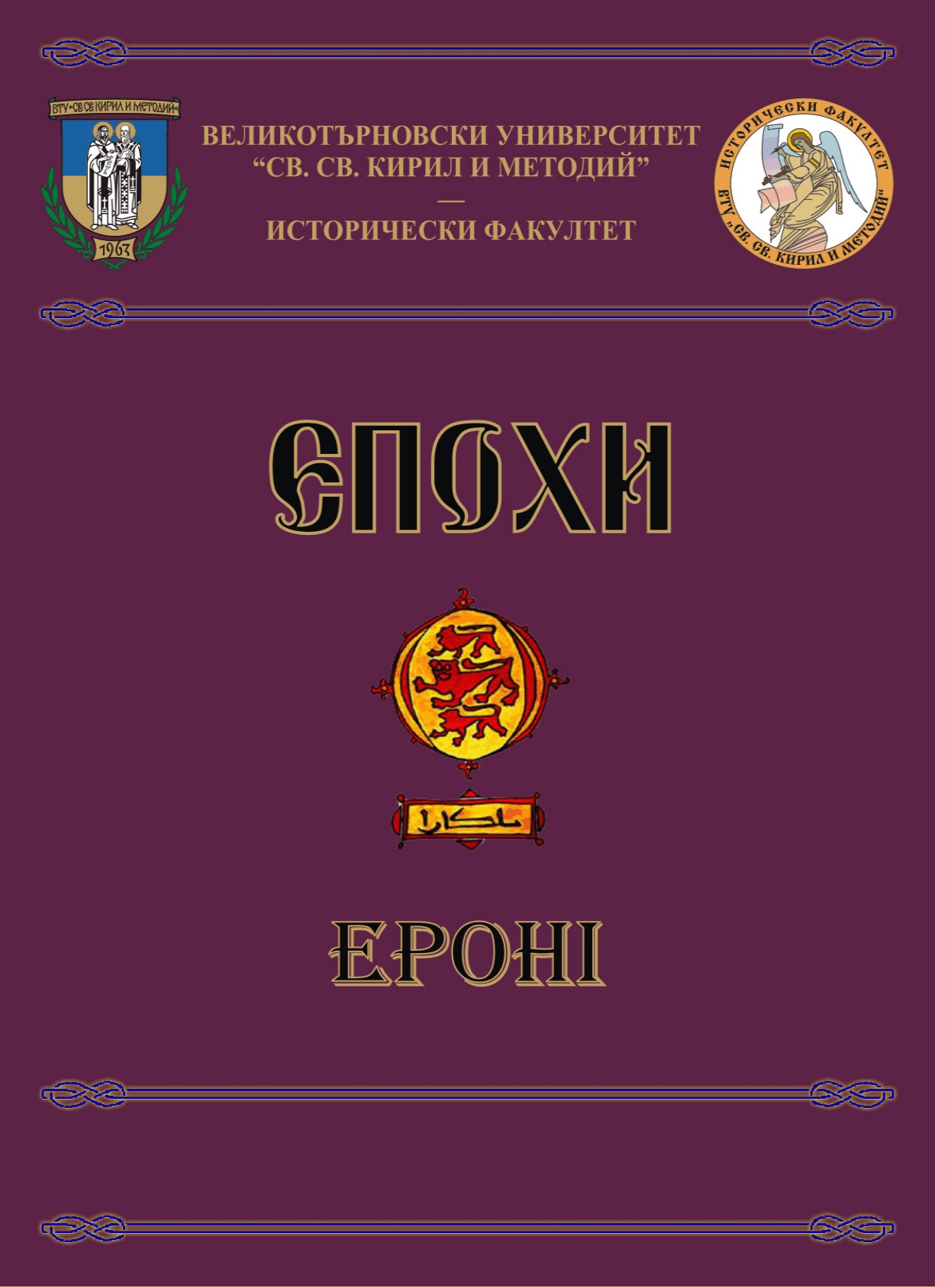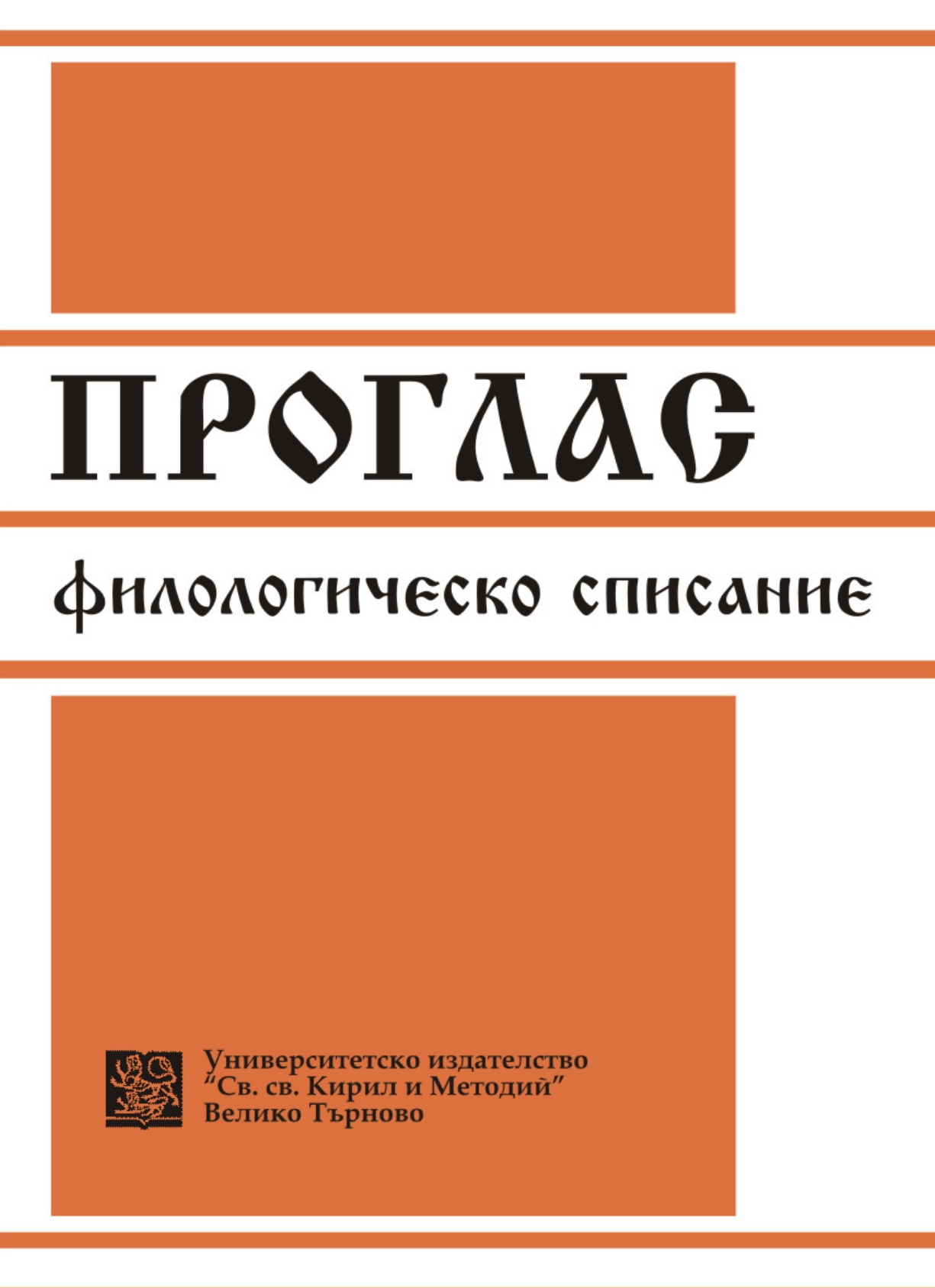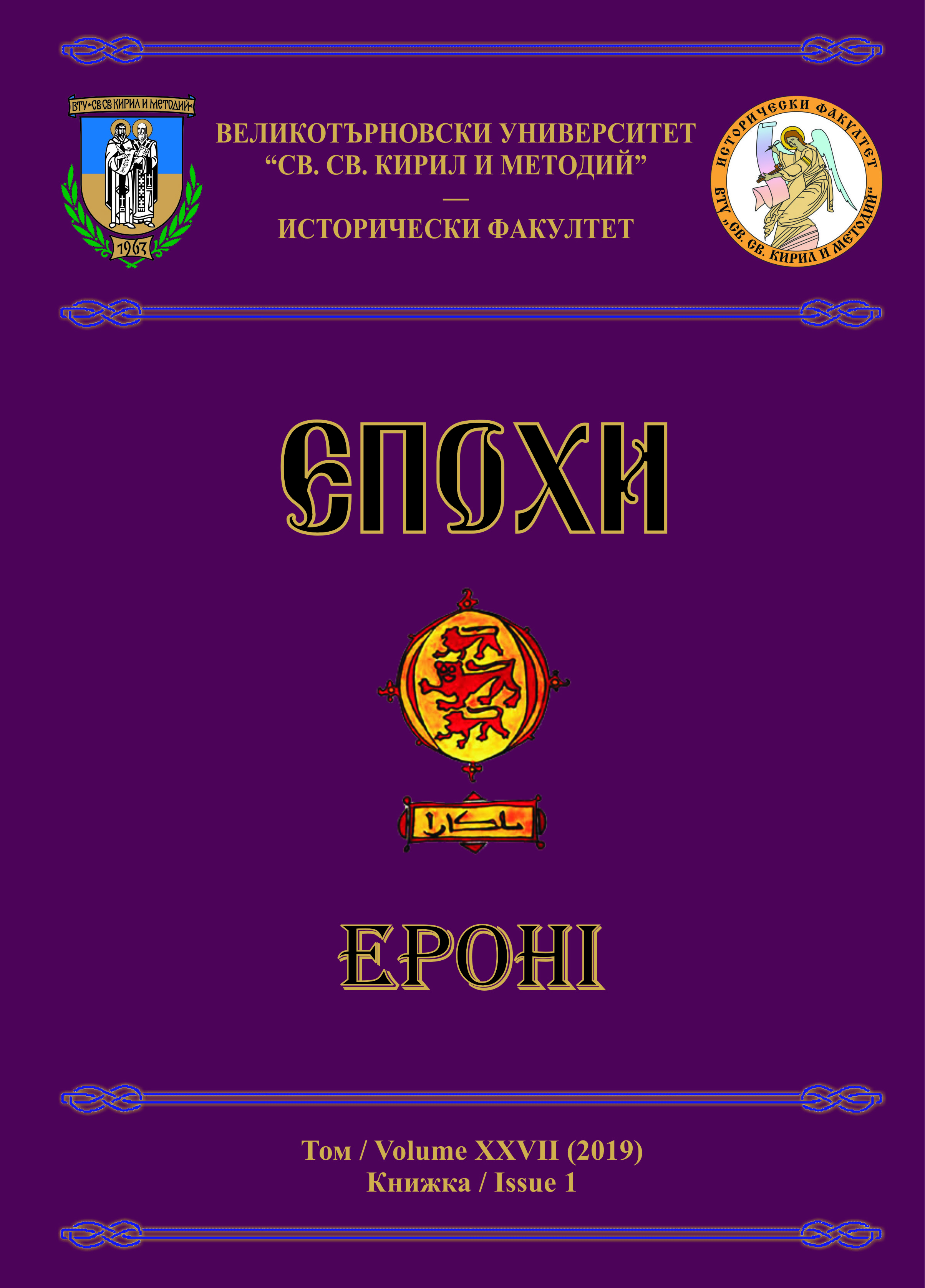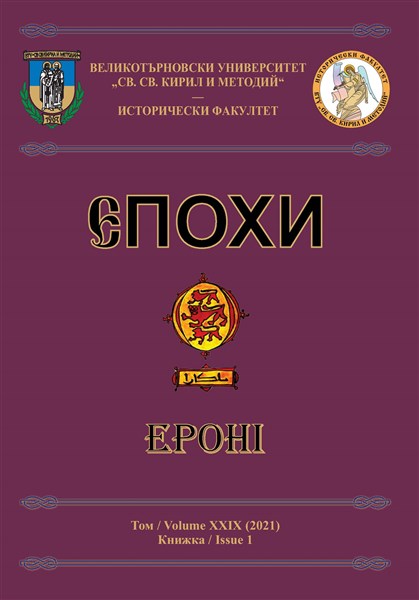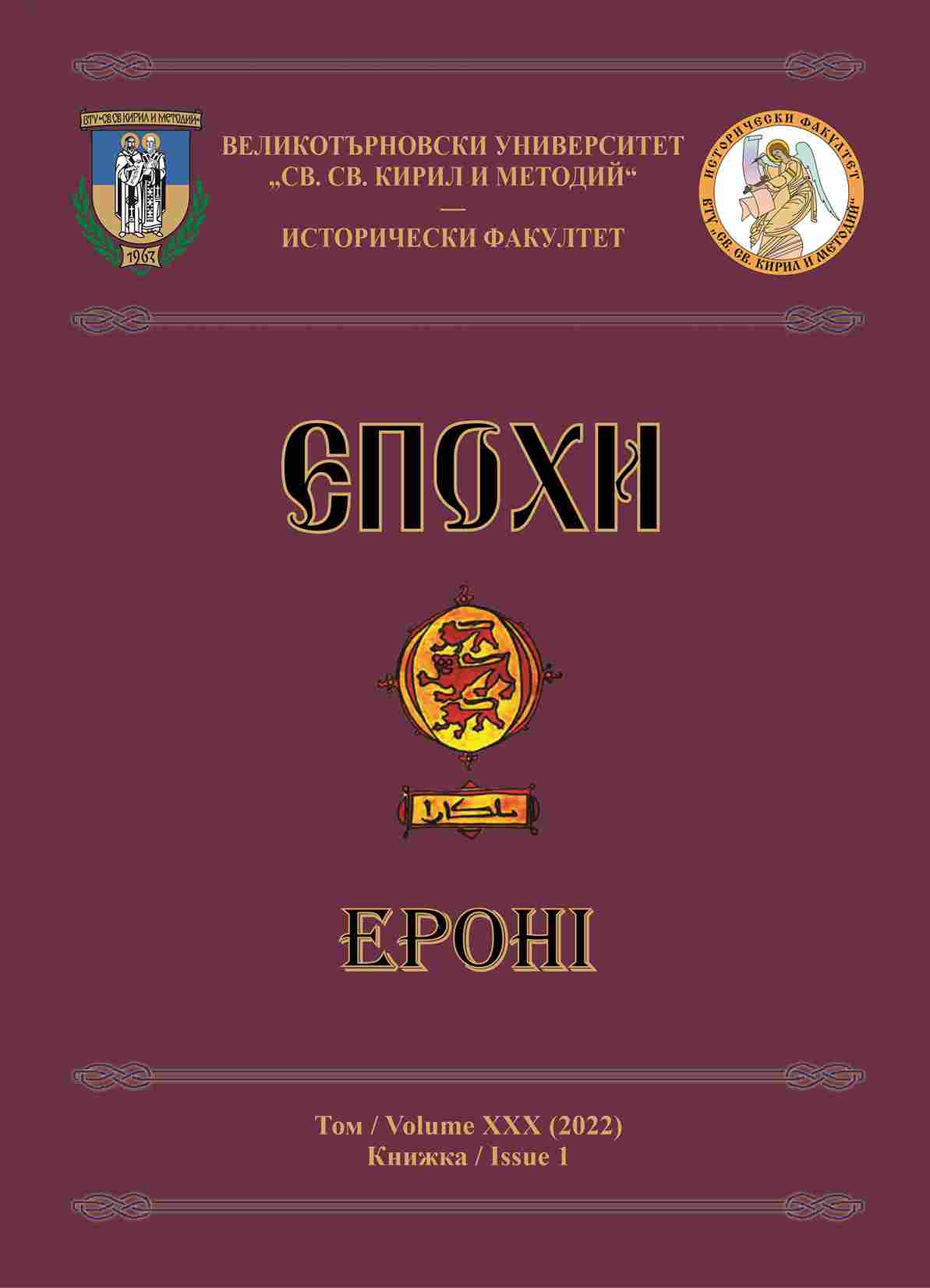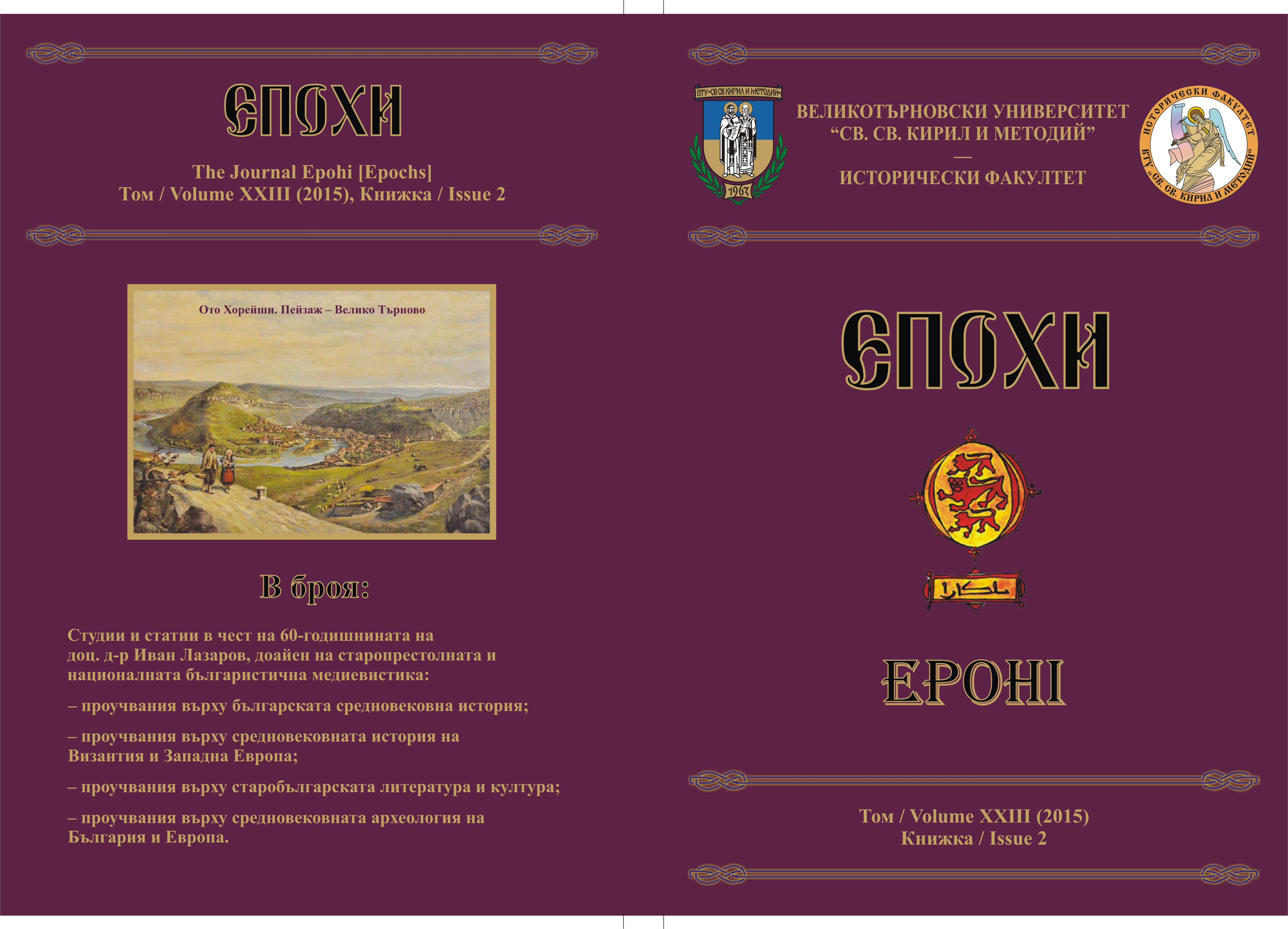
Номади в историята на средновековните северозападни български земи
In the Time of First Bulgarian Tsardom this is Bulgarians. They come into being at the end of 7 c. And their numbers rise in the first half of 9 c. In this Period the District of Bidin is well defended. During the Second Bulgarian Tsardom the District becomes a border and this demands a dependable ally. Such allies become the Polovtsi (Comanians) who have considerable military force. What is more, the Leaders of the Comanians come from the supreme Polovcians Aristocracy.
More...
